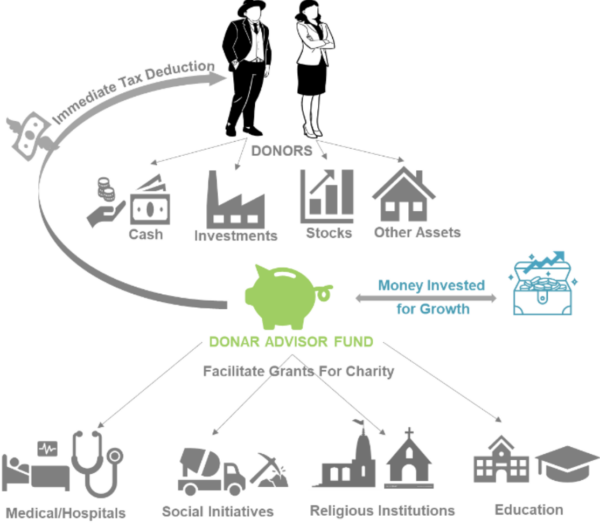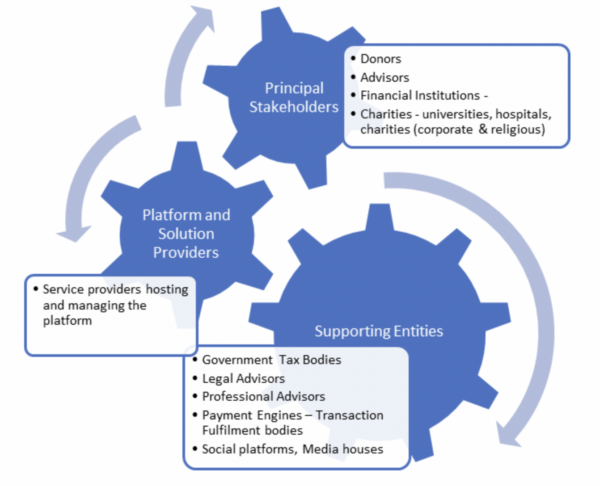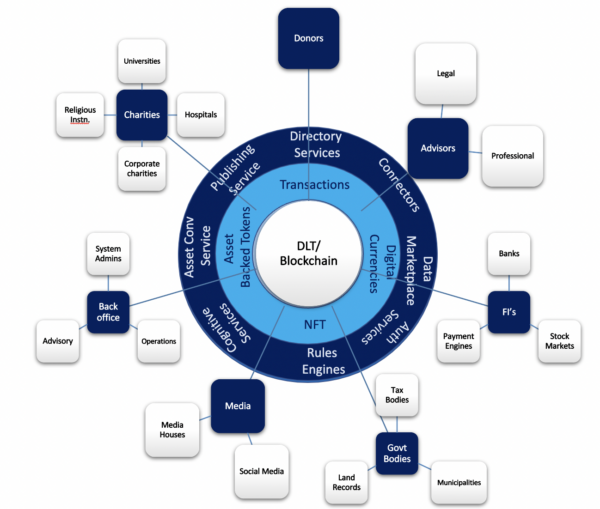
This website uses cookies to offer you the best experience online. By continuing to use our website, you agree to the use of cookies. If you would like to know more about cookies and how to manage them please view our Privacy Policy & Cookies page.

Philanthropy has existed for centuries across different geographies and cultures. Ancient philanthropy was the prerogative of the rich and the rulers. It revolved around donations for larger causes like building places of worship. Generation after generation, the forms of these initiatives and the way they were facilitated changed.
In the Modern Era (1800 AD to present) traditional philanthropy was aimed at short-term initiatives, where organizations obtain resources for causes through fundraising and one-off donations. The Rockefeller Foundation and the Ford Foundation are examples; they focus more on the financial contributions to social causes and less on the actual actions and processes of benevolence.
In more recent years, the philanthropic focus has shifted to impact investing: the process of allocating money to companies, organizations, and funds with the intention to generate a beneficial social or environmental impact and financial return. While many financing vehicles are likely to be explored by affluent families and high net worth individuals, donor-advised funds (DAFs) provide a critical vehicle for philanthropists.
A DAF is a giving account established for a public charity. It allows donors to make a charitable contribution, receive an immediate tax deduction, and then recommend grants from the fund over a period time for charitable purposes.
The Process
Contribute assets
Receive an immediate tax deduction
Diagram

Personalize DAF account
Invest DAF assets for growth
Stakeholders

There are 3 important stakeholders in a DAF ecosystem. They can be classified as:
Board primary entities in the ecosystem are:
Current and Future State Platforms for DAF
Traditionally DAF ecosystem providers develop their systems on top of existing application landscapes on typical centralized hubs and spoke models. The financial institution promoting the fund typically act as the centralized hub and interact with all other entities on its periphery. This resulted in a controlled setup where the promoter of the fund manages the operation and governance of the funds.
With the advent of decentralized computing environments and their ability to provide trust and security of transaction (as in decentralized ledger technologies like blockchain), designing a DAF ecosystem (which has multiple stakeholders) can bring in transaction immutability, transparency, security, faster settlements, and consensus. Thus, trust is built between all the entities.
Here is a proposed solution which will follow the below tenets:
How Will it Work?
Donors’ investment are converted into digital assets and stored in DLT (blockchain) against donor’s portfolios.

Charities register in the platform for accessing philanthropic aid.
Financial institutions will help in transaction fulfillment and validation of donor and charities assets. It will provide:
Government bodies will be accessed for validation of assets and tax related rebates for donors.
Advisors use platform’s back-office operations and its tools to advise donors in allocating their funds against charities. Financial advisors will also recommend investment strategies for donor’s assets.
Platform back office will have all the operational tools for advisors and operators of the platform to recommend and help donors in fulfilling transactions.
Media outlets will be able to access feeds from the platform to publish donor activities, market news and collect public sentiments
Leverage Metaverse for an Immersive Financial Services Experience
Metaverse has the potential to usher in the social media reach to DAF platforms. It can provide the donors to assess the efficacy of their initiatives as well as the public sentiment of their charitable work. The web3 metaverse, which leverages the blockchain backbone, can very easily be used to develop DAF platforms into DAO (decentralized autonomous organization) wherein smart contracts will govern the rules of the ecosystem and the decision-making is democratized within the stakeholders.
The immersive experience of a virtual world which metaverse offers will allow closer (at times even anonymous) interactions between the donors and the beneficiaries. The ability to directly interact with the larger diaspora will allow for faster and more efficient feedback for philanthropic initiatives. It will also allow periodic monitoring of the projects undertaken visually without the need to travel to the physical site. Donors can create their own virtual worlds within the DAF platform and invite beneficiaries to publish their requests.
Metaverse initiatives on philanthropy have already started with the Alwaleed Philanthropies: a charitable and philanthropic organization in Saudi Arabia launching the first philanthropic platform operating on Decentraland, a well-known metaverse platform running on a Ethereum blockchain backbone.
DAFs for a More Charitable Future
With widening social and economic disparities and the conscience of the world’s wealthiest people to give back to society, instruments like donor-advised funds provide a structured approach to invigorate philanthropic initiatives. The popularity of DAFs has shown dramatic growth in grants, contributions, charitable assets, and number of accounts with grants to qualified charities increasing by 28% to an estimated $45.74 billion.
To take this charitable vehicle to the next level, harnessing the potential of emerging technology solutions like metaverse for DAF can go a long way in popularizing, building operational efficiencies, and delivering outcomes in the most transparent ways as is desired of such philanthropic initiatives.
Apexon is focused on developing innovative solutions for business problems of banking and financial services companies leveraging emerging technology platforms. Our right mix of competencies across different technologies practices like digital engineering, data analytics, and human first digital experiences help in curating solutions for our customers that allow them stay ahead of competition in their digital transformation journeys. Connect with us through the form below.
This blog was cowritten by Arindam Ray, Director of Global Solutions and Bhushan Subhash Bhade, Assistant Manager of Global Solutions